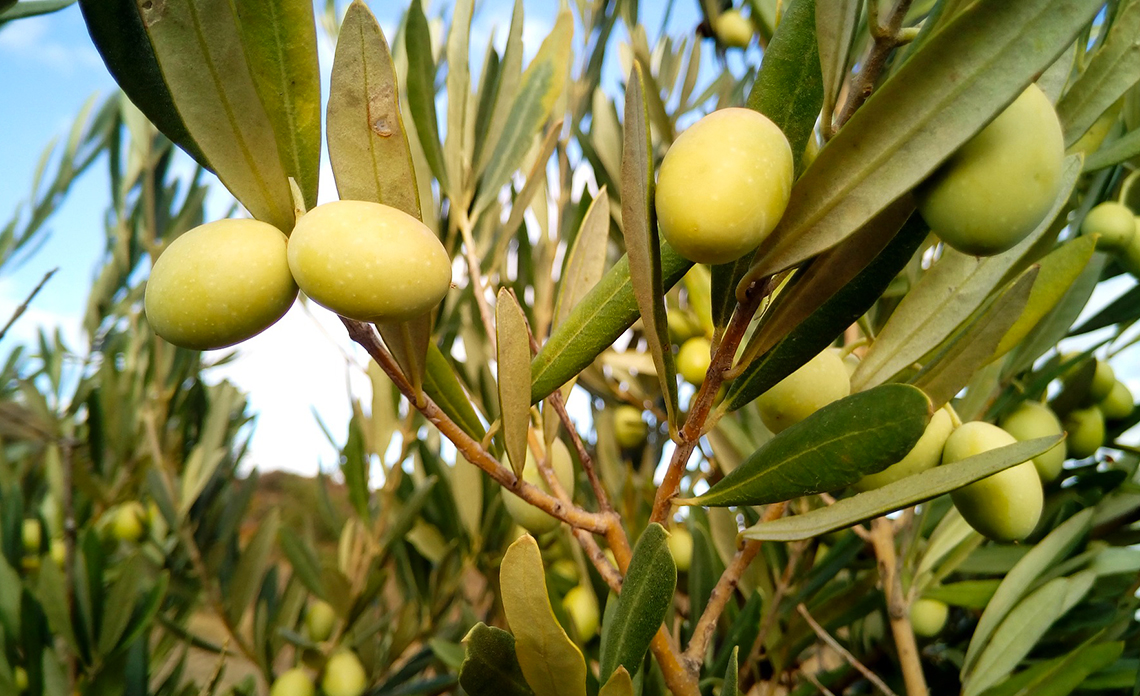Table olives from France: Provence in the spotlight!
The French table olive has become an exceptional product because of its rarity and production method! Some olive growers and confectioners perpetuate a renowned Provencal tradition. Excellent as an aperitif, French table olives are also sought after for their health qualities.
The inevitable olive of Provence as an aperitif
The table olive of France embodies, with olive oil and honey, all of Provence. Olives and tapenades are the perfect accompaniment to an aperitif. In winter, they bring notes of freshness essential to the success of all aperitifs with family and friends. But it is in spring and summer that the olives of Provence reveal their unique flavours. They evoke the warm summer evenings, the song of cicadas, olive groves, the Mediterranean sea… Green olives from Provence and black olives are also used in salads, tapenades, pizzas, cakes and many Provencal recipes.
In France, there are several varieties of olives typical from Provence
The olives are to be distinguished according to the varieties of olive trees. There are no green and black olives. The colour is just a question of the harvest period. Green olives are picked at the beginning of the harvest and black olives are picked when they are ripe.
Picholine or Olive de Nîmes : green olive produced in Gard, theBouches du Rhône, Hérault…
Lucque : green olive produced in Gard, Hérault, Aude but also in Pyrenees.
Salonenque and Aglandau: broken green olives from the Vallée des Baux de Provence
Bouteillan : green olives from the Var region
Belgentièroise: a green olive found in the Var. It is the speciality of a village in the Var, Belgentier. This olive is cultivated in the Gapeau Valley and its production is derisory.
Amellau : green olive from Hérault and Aude.
Tench or olive of Nyons: black olive of the Drôme and Vaucluse.
Grossanne : a black olive from the Vallée des baux de Provence.
Cailletier or olive de Nice: a small black olive produced in the Alpes Maritimes and the eastern Var.
How to choose your table olives?
Check the origin of the olives on the label! Be careful, the country of origin is not necessarily indicated, however, the mention “import” is mandatory if the olives come from abroad. Table olives from France have a high price because they are grown by small local producers who pick and sort the olives by hand to select the olives. Pesticide treatments on olive trees in France are non-existent or exceptional. The 90% of an olive harvest is devoted to the production of olive oil. Only 10% is used for table olives.
Then, the olive confectioner immerses the olives in a bath of water and sea salt (the brine). After several months, the olives can be tasted. It is the flesh of the olive that will reveal all its gustatory qualities. The green olive must be firm and crunchy with a pleasant acid taste. If a green olive is floury and soft, it is of poor quality. The black olive must be melting with an aroma of candied fruit.
Finally, beware of olives flavoured with herbs, peppers, garlic… The seasoning is often intended to hide sour flavours. The natural French olive is a healthy olive with a pleasant taste and is excellent for your health. The table olive has the same health benefits as extra virgin olive oil from France.


